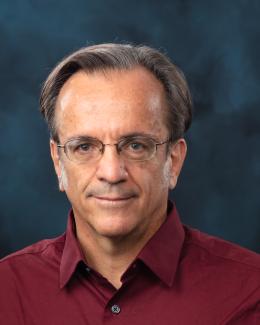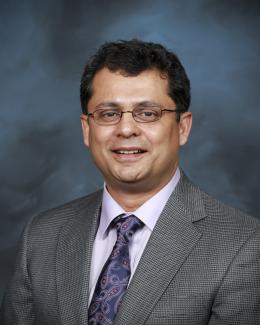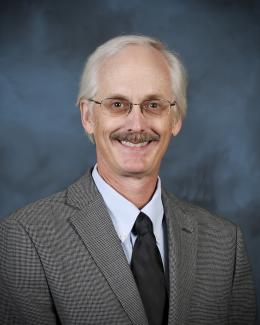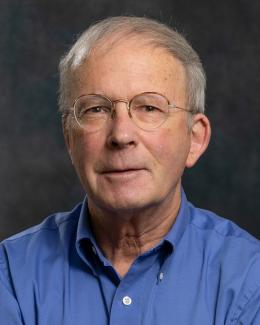Abstract
The dynamics of RE (runaway electrons) in fusion plasmas span a wide range of temporal scales, from the fast gyro-motion, ∼10−11 s, to the observational time scales, ∼10−2→1 s. To cope with this scale separation, RE are usually studied within the bounce-average or the guiding center approximations. Although these approximations have yielded valuable insights, a study with predictive capabilities of RE in fusion plasmas calls for the incorporation of full orbit effects in configuration space in the presence of three-dimensional magnetic fields. We present numerical results on this problem using the Kinetic Orbit Runaway electrons Code that follows relativistic electrons in general electric and magnetic fields under the full Lorentz force, collisions, and radiation losses. At relativistic energies, the main energy loss is due to radiation damping, which we incorporate using the Landau-Lifshitz formulation of the Abraham-Lorentz-Dirac force. The main focus is on full orbit effects on synchrotron radiation. It is shown that even in the absence of magnetic field stochasticty, neglecting orbit dynamics can introduce significant errors in the computation of the total radiated power and the synchrotron spectra. The statistics of collisionless (i.e., full orbit induced) pitch angle dispersion, and its key role played on synchrotron radiation, are studied in detail. Numerical results are also presented on the pitch angle dependence of the spatial confinement of RE and on full orbit effects on the competition of electric field acceleration and radiation damping. Finally, full orbit calculations are used to explore the limitations of gyro-averaging in the relativistic regime. To explore the practical impact of the results, DIII-D and ITER-like parameters are used in the simulations.





